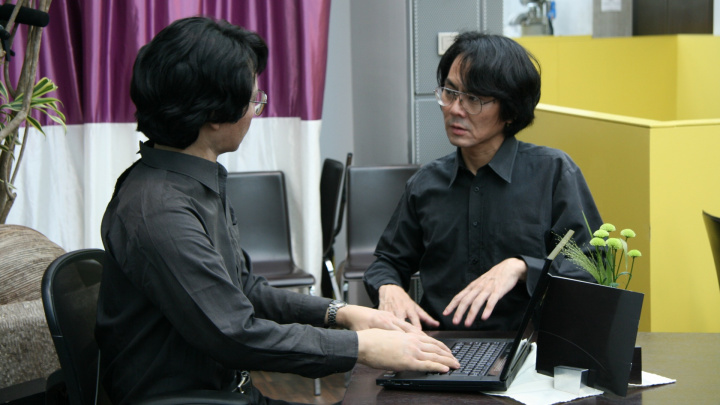Hiroshi Ishiguro - The Man Who Made a Copy of Himself
The development of human-like robots has yielded impressive results in recent years, but it continues to raise numerous questions. Robotics researchers, including Hiroshi Ishiguro, are working to integrate robots more deeply into our daily lives, assisting with various tasks such as elder care, patient monitoring, or even performing household chores.

However, for society to accept robots in these roles, it's not enough for them to simply be efficient; their behavior must also become more human-like. Ishiguro and his colleagues are researching the factors that make a robot truly "human" and how to achieve the effect known in Japanese culture as "sonzaikan," or a sense of human presence.
The Evolution of Human-Like Robots
Research in robotics has aimed for decades to make robots resemble humans as closely as possible. Several significant examples of these developments date back to the 2000s, including Waseda University's Wabot, MIT's Cog, NASA's Robonaut, and perhaps the most famous, Honda's Asimo. Today, several notable active developments are underway, such as Digit (Agility Robotics), Atlas (Boston Dynamics), Figure 01 (Figure AI), Phoenix (Sanctuary AI), Optimus (Tesla), and Walker S (UBTECH Robotics).
Although these robots are clearly machines due to their mechanical appearance, they nonetheless draw attention to how future robots could become an integral part of everyday life.
As a pioneer in robotics, Hiroshi Ishiguro places particular importance on researching the human appearance of robots. The term "Geminoid," which he coined, refers to a robot that functions as a copy of a specific person. Geminoid HI-1, Ishiguro's mechanical doppelgänger, was designed for the precise imitation of human appearance and behavior.
The Feeling of Human Presence: Sonzaikan
In Japanese culture, the term "sonzaikan" refers to the feeling of human presence, which Ishiguro considers crucial for robots to truly integrate into human communities. The human brain is naturally optimized for human-human interaction, making it a significant challenge to create robots with which people can connect in the same way they do with another human. Ishiguro and his team collaborate with cognitive scientists to research how this feeling can be evoked even with a robot.
The "Uncanny Valley" Phenomenon
As robots become increasingly human-like, the phenomenon known as the "uncanny valley," coined by Masahiro Mori, arises. This term describes the unsettling feeling that occurs when a robot comes very close to appearing human but fails to fully achieve this effect due to some minor flaw or deficiency. In such cases, the robot appears more eerie than friendly. Although many are skeptical about the significance of this phenomenon, Ishiguro believes that people can adapt to the presence of humanoid robots over time, especially as they spend more time with them.
The Social Roles of Robots
In the future, robots will be suitable not only for industrial automation or work execution but potentially even for substituting for human presence. Ishiguro believes that the social role of robots will become increasingly important over time, and they could be applied in situations where human presence was previously considered essential. The potential applications for robots are almost limitless, but the most important question is how to design them to be genuinely useful and acceptable in everyday life.
Teleoperation: The Effects of Remote Control
Teleoperation, or the remote control of a robot, has gained particular significance in Ishiguro's work. Androids controlled remotely provide experiences for the operator that can even manifest on a physical sensory level. This phenomenon suggests that the human brain readily adapts to perceiving a robot's body as its own, especially when its movements are precisely synchronized with the operator's real body.
The Robots of the Future: More Human or More Machine-like?
One of the greatest challenges facing robotics is finding the balance between human appearance and functional machine-like nature. Although many believe that robots don't necessarily need to look human to be effective, Ishiguro and his team continue to believe that humanoid robots provide a more natural interface for interaction with people. As technology advances, the appearance and behavior of robots may move closer to what science fiction has predicted.